The 2025 West Coast EMT Block Exam: High-Yield 100 Practice Questions with In-Depth Rationales for Guaranteed Success is a targeted study resource designed for EMT students preparing for the 2025 West Coast EMT Block Exam. This guide features 100 high-yield practice questions, crafted to mirror the exam’s format and difficulty, covering critical topics such as airway management, trauma assessment, cardiac emergencies, and medical legal considerations. Questions include scenario-based formats, like determining the correct steps for using an AED on a patient in cardiac arrest or calculating oxygen delivery rates for a COPD patient using a nasal cannula. Each question is paired with in-depth rationales, providing detailed explanations—for example, why a jaw-thrust maneuver is preferred for a suspected spinal injury patient to maintain airway patency, or how to prioritize interventions using the ABC (airway, breathing, circulation) framework during a multi-vehicle accident. Aligned with the National Registry of Emergency Medical Technicians (NREMT) standards and West Coast EMT curriculum, this resource also offers test-taking strategies, such as identifying key words in questions and managing time effectively during the exam. This guide ensures students build the clinical knowledge and confidence needed to excel on the Block Exam and prepare for real-world EMT challenges.
Preview
1. The human body should be functioning at its optimal level between the ages of:
Select one:
A. 25 and 35 years.
B. 21 and 30 years.
C. 19 and 25 years. ✅
D. 18 and 22 years.
Rationale: The body’s physical peak, including muscle strength, endurance, and organ
function, occurs between 19 and 25 years. After this period, the body gradually starts to
decline in function.
2. The respiratory rate of 30 breaths per minute in an infant is ________.
Select one:
A. normal ✅
B. too shallow
C. too fast
D. too slow
Rationale: A normal respiratory rate for an infant ranges from 30 to 60 breaths per
minute. Anything within this range is considered normal, as infants have higher metabolic
rates requiring more oxygen.
3. The risk of bleeding in the skull, which increases with age, is MOST directly related
to:
Select one:
A. shrinkage of the brain. ✅
B. a decrease in neurons.
C. blood vessel dilation.
D. meningeal deterioration.
Rationale: As people age, the brain shrinks, creating more space between it and the skull.
This increases the likelihood of brain movement upon impact, leading to a higher risk of
bleeding when blood vessels tear.
4. What is the normal respiratory rate for an adult?
Select one:
A. 12-20 breaths/min ✅
B. 15-30 breaths/min
C. 40-60 breaths/min
D. 25-50 breaths/min
Rationale: The normal respiratory rate for a healthy adult is 12-20 breaths per minute.
Rates above or below this range could indicate respiratory distress or underlying
conditions.
Select one:
A. 25 and 35 years.
B. 21 and 30 years.
C. 19 and 25 years. ✅
D. 18 and 22 years.
Rationale: The body’s physical peak, including muscle strength, endurance, and organ
function, occurs between 19 and 25 years. After this period, the body gradually starts to
decline in function.
2. The respiratory rate of 30 breaths per minute in an infant is ________.
Select one:
A. normal ✅
B. too shallow
C. too fast
D. too slow
Rationale: A normal respiratory rate for an infant ranges from 30 to 60 breaths per
minute. Anything within this range is considered normal, as infants have higher metabolic
rates requiring more oxygen.
3. The risk of bleeding in the skull, which increases with age, is MOST directly related
to:
Select one:
A. shrinkage of the brain. ✅
B. a decrease in neurons.
C. blood vessel dilation.
D. meningeal deterioration.
Rationale: As people age, the brain shrinks, creating more space between it and the skull.
This increases the likelihood of brain movement upon impact, leading to a higher risk of
bleeding when blood vessels tear.
4. What is the normal respiratory rate for an adult?
Select one:
A. 12-20 breaths/min ✅
B. 15-30 breaths/min
C. 40-60 breaths/min
D. 25-50 breaths/min
Rationale: The normal respiratory rate for a healthy adult is 12-20 breaths per minute.
Rates above or below this range could indicate respiratory distress or underlying
conditions.
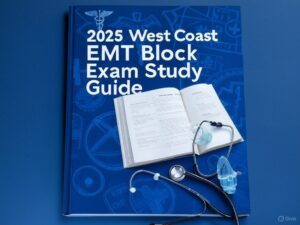
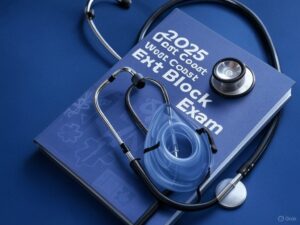


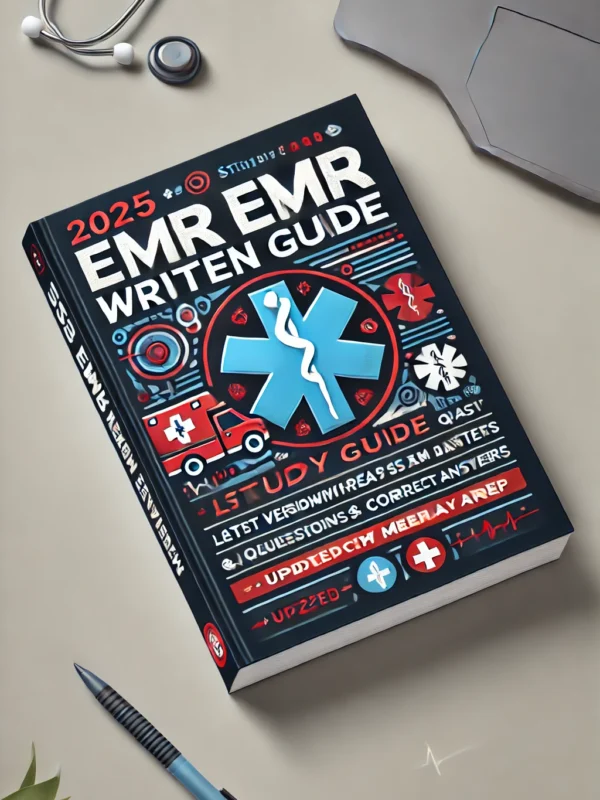


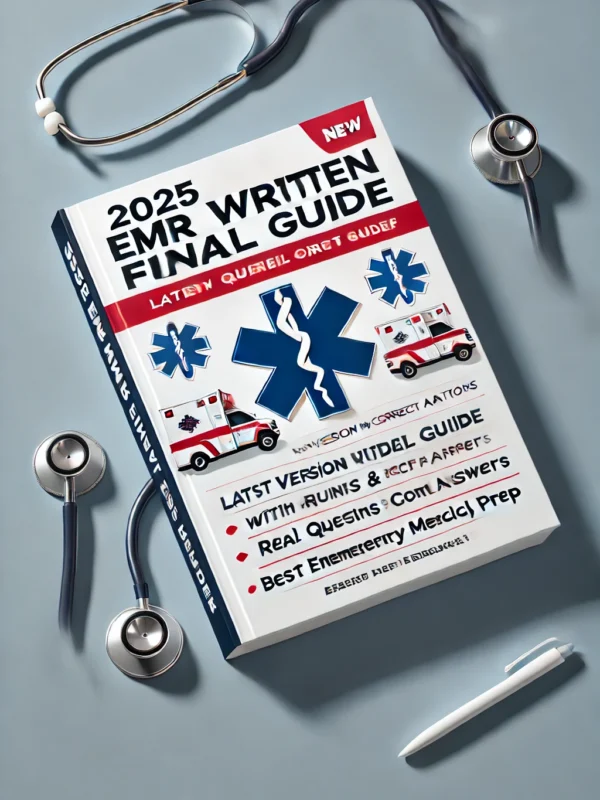
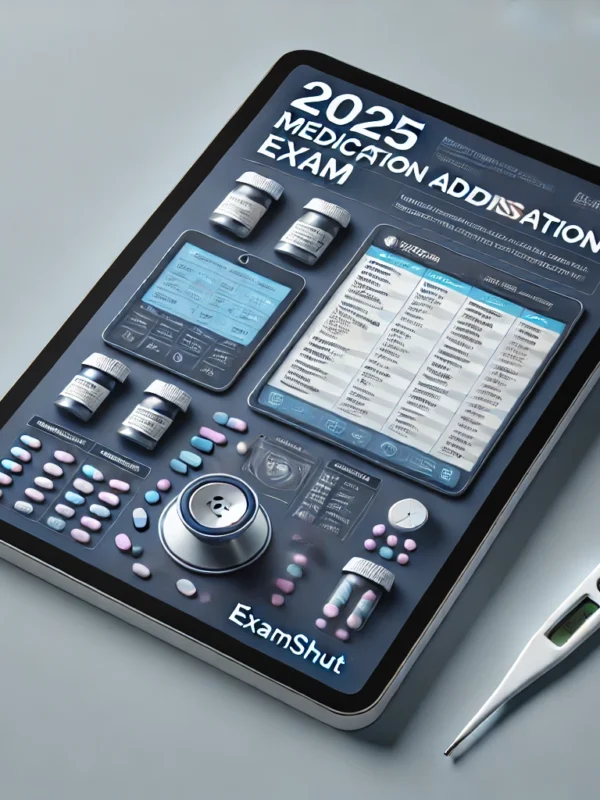
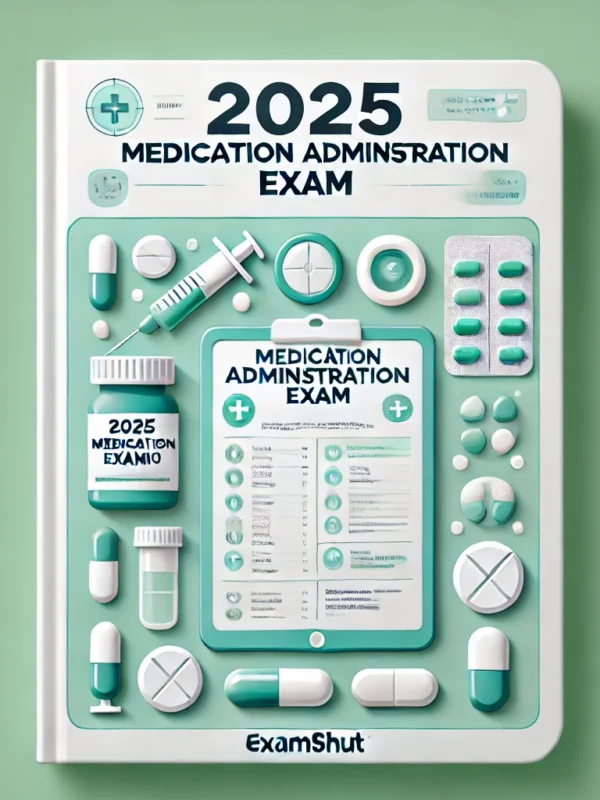
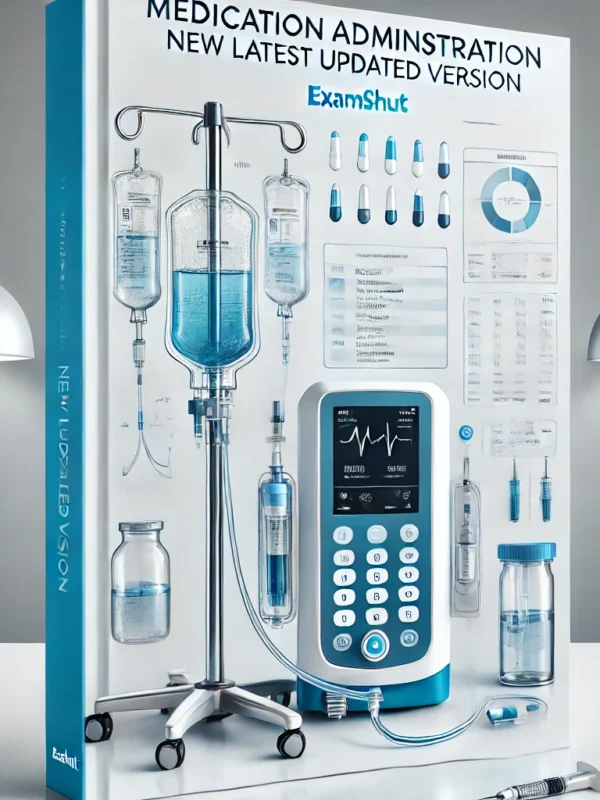
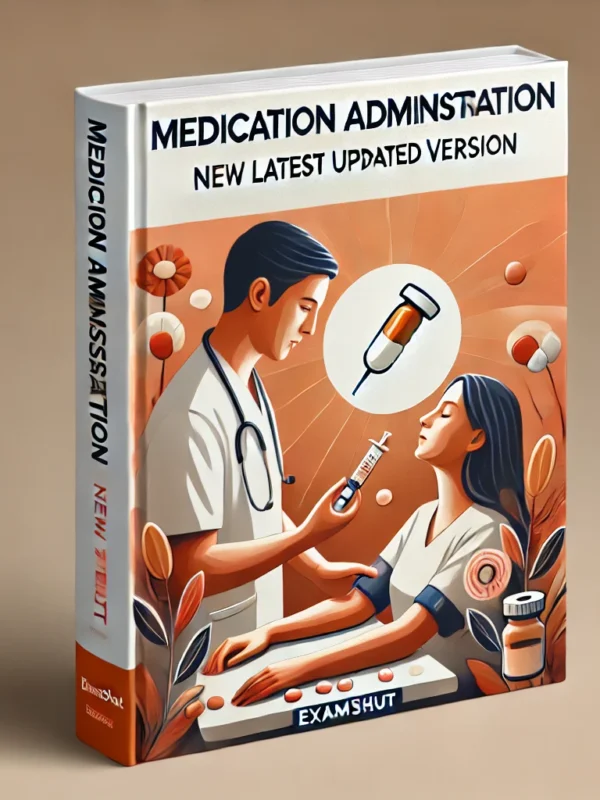
Reviews
There are no reviews yet.